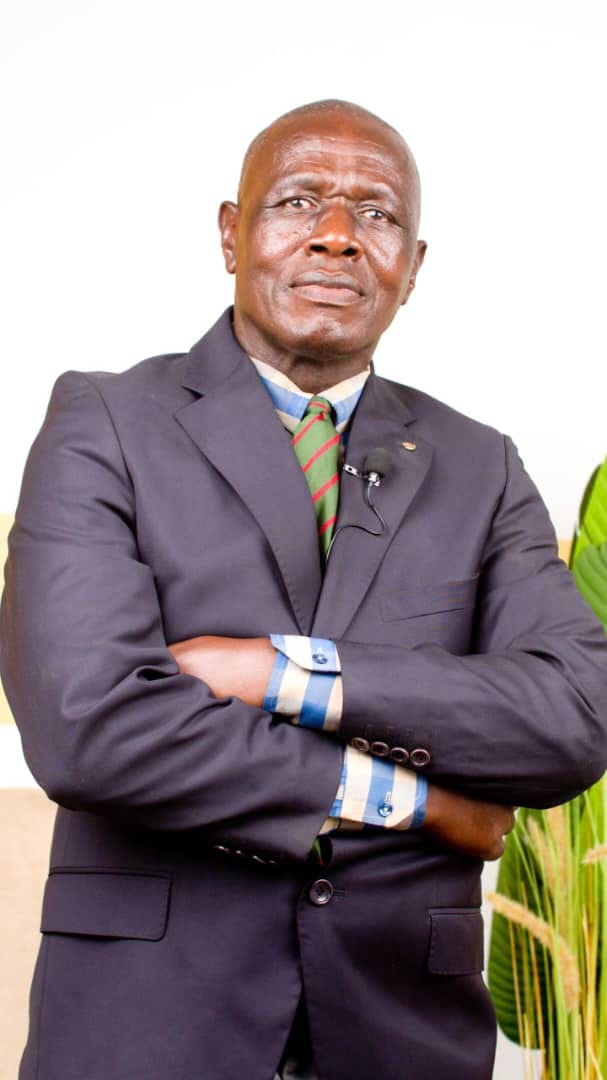Treatment Advancements End HIV in Family’s 3rd Generation
Maringwa has lived more than half of his life with HIV. His wife, Sarudzai, as well as his 30-year-old daughter, are also infected.
HARARE, Zimbabwe-Over three decades ago, when HIV and AIDS was like a death sentence surrounded by a lot of myths, beliefs and fears, Piason Maringwa, 59, tested HIV-positive in 1999, 15 years after global scientific researchers established that AIDS was caused by HIV, writes Sharon Kavhu.
Researchers showed that an estimated 100,000 to 300,000 people worldwide lived with HIV pre-1980.
Maringwa has lived more than half of his life with HIV. His wife, Sarudzai, as well as his 30-year-old daughter, are also infected.
His daughter was born HIV-positive and tested at age 3 around the same time Maringwa tested positive.
However, Maringwa’s daughter married an HIV-positive man, and the couple broke the transgenerational HIV transmission as they gave birth to three HIV-free boys.
“Our girl was born HIV-positive but the boy was lucky to escape the infection,” said Maringwa.
“During that time all we knew about HIV was from newspapers and TVs. We didn’t know much about preventing transmission to babies.”
He tested positive after being diagnosed with severe tuberculosis that at one point made him think death was imminent.
He was treated for TB at St. Luke’s Hospital in Lupane District, Zimbabwe.
“Shock from the diagnosis was bad. This was when HIV was a death sentence,” he said. “Counseling by the doctor who tested us has kept me going.”
Five people tested positive that day. Most TB patients then had HIV. With fear of rejection, it took time for Maringwa to disclose to his wife, who later got tested.
They eventually started protected sex while assessing his health progression.
As Maringwa heard of neighbors and relatives dying with similar symptoms, his fears intensified, dreading uncertainty day-to-day.
He believes the way AIDS was presented caused many suicides, rather than face humiliation.
He was given cotrimoxazole to try suppressing HIV from developing into AIDS, which he acknowledges helped many then.
Maringwa started antiretroviral treatment (ART) in 2010 when it became widely available in Zimbabwe, taking a combination drug regimen.
The World Health Organization eventually recommended an updated regimen containing dolutegravir (DTG) called TLD, considered superior for quicker viral suppression, durability and convenience compared to prior regimens.
Maringwa witnessed evolution of HIV treatment phases, including third-line regimens now available and introduction of pre-exposure (PrEP) and post-exposure prophylaxis (PEP) to prevent infection, plus vaccines in trials.
He credits social support structures for his longevity, especially groups arranged by the National AIDS Council of Zimbabwe (NAC).
“There is comfort in numbers and the knowledge that one is not alone brings needed comfort,” he said, noting past decades saw many patients die from lack of family support.
His message to children born positive: “Accept parents aren't to blame.”



